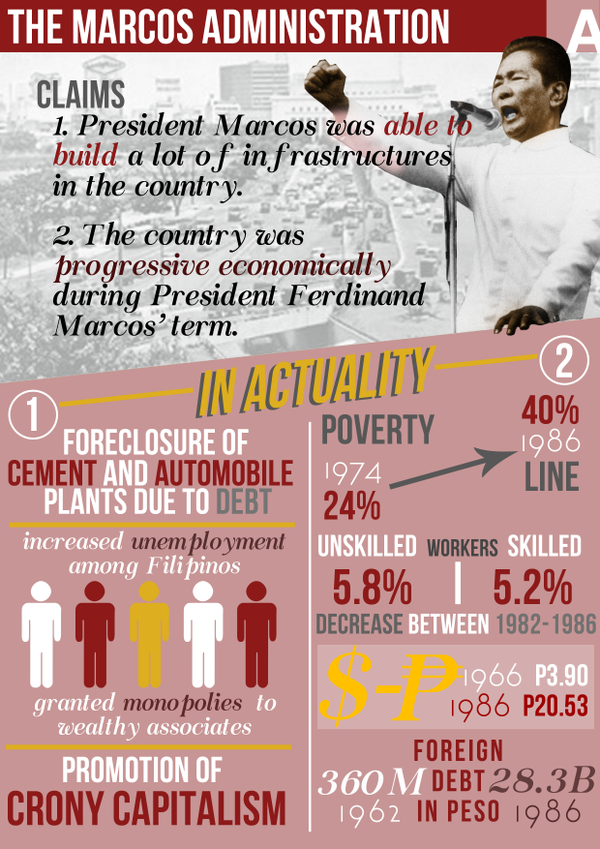Discovering The Rich Heritage And Spiritual Dimensions Of Fighting Style: An Extensive Examination
Discovering The Rich Heritage And Spiritual Dimensions Of Fighting Style: An Extensive Examination
Blog Article
Write-Up Written By-McGrath Henson
Enter the ancient globe where martial arts were substantiated of necessity in diverse areas. Cultures crafted distinct combating designs intertwined with historical contexts. Strategies evolved over centuries through devoted method and cultural exchanges. Today, modern-day martial arts mix typical elements for maximum efficiency. Philosophically, martial arts stress self-control, self-improvement, and harmony. Respect, humbleness, and balance are fundamental concepts directing experts towards growth and strength. Check out the midsts of this abundant history and viewpoint to reveal the profound impacts forming this enduring discipline.
Origins of Martial Arts
Fighting style came from numerous regions around the world, advancing as practical combat systems to defend against threats. These ancient fighting designs were developed out of need, with each culture crafting strategies suited to their one-of-a-kind settings and challenges. From the grappling arts of Jujutsu in Japan to the striking techniques of Martial art in China, martial arts were deeply linked with the historic, social, and cultural textile of their respective cultures.
In Japan, the samurai course refined martial arts like Kenjutsu, the art of the sword, which later on developed right into the a lot more promoted type of Kendo. At the same time, in Brazil, Capoeira emerged as a blend of dancing and battle, developed by enslaved Africans as a way to resist oppression. Each fighting style lugs with it a rich history and viewpoint, mirroring the worths and ideas of individuals who exercised them.
As you delve into the origins of martial arts, you reveal a tapestry of human resourcefulness, resilience, and the unrelenting spirit of warriors throughout time.
Evolution of Techniques
Via centuries of method and refinement, combat strategies within various martial arts have undergone an extensive advancement. From ancient styles like Kung Fu and Martial arts to a lot more contemporary self-controls such as Brazilian Jiu-Jitsu and Krav Maga, the advancement of strategies has been driven by a combination of social influences, functional applications, and technical innovations.
One significant aspect of this advancement is the cross-pollination of techniques in between various martial arts. For instance, methods from traditional Japanese Jiu-Jitsu were integrated right into the production of Judo by Jigoro Kano in the late 19th century. This mixing of styles has actually brought about the advancement of hybrid martial arts like Mixed Martial Arts (MIXED MARTIAL ARTS), which incorporate components of striking, grappling, and entry methods.
Moreover, the evolution of methods has been shaped by the boosting emphasis on effectiveness and efficiency in fight. Specialists have constantly sought to fine-tune their methods via strenuous training, testing, and competitors, causing the advancement of very specialized and effective battling designs. In origin of martial arts in india , the evolution of strategies in martial arts mirrors the dynamic nature of battle and the continuous pursuit for renovation and advancement.
Philosophical Structures
Checking out the underlying thoughtful principles of martial arts offers insight right into their core worths and directing beliefs. At the heart of lots of martial arts disciplines is the concept of technique itself. By training your body and mind to function as one cohesive unit, you cultivate self-control that prolongs past the dojo or health club right into everyday life. This self-control encompasses respect, humbleness, and self-control, forming not just your physical capabilities but likewise your character.
Another fundamental philosophical foundation in martial arts is the idea of continual self-improvement. The journey of grasping a fighting style is nonstop, with practitioners regularly aiming to much better themselves, both literally and mentally. This focus on growth fosters strength, perseverance, and a growth frame of mind that can be related to all facets of life.
In addition, martial arts emphasize the significance of consistency and balance. Techniques are created to make use of an opponent's power versus them, highlighting the principle of generating and rerouting force as opposed to meeting it head-on. This philosophy extends to interpersonal connections, advertising serene resolutions and mutual understanding. By accepting these thoughtful structures, martial artists not just improve their combat abilities but likewise cultivate a way of life fixated individual development, regard, and harmony.
Verdict
To conclude, the history and philosophy of martial arts offer a rich tapestry of tradition, discipline, and self-improvement.
Consider example the story of Bruce Lee, that changed martial arts by blending different designs and viewpoints to create his very own distinct form of Jeet Kune Do.
With commitment and technology, martial artists remain to push borders and influence others to reach their complete capacity both in fight and in life.
